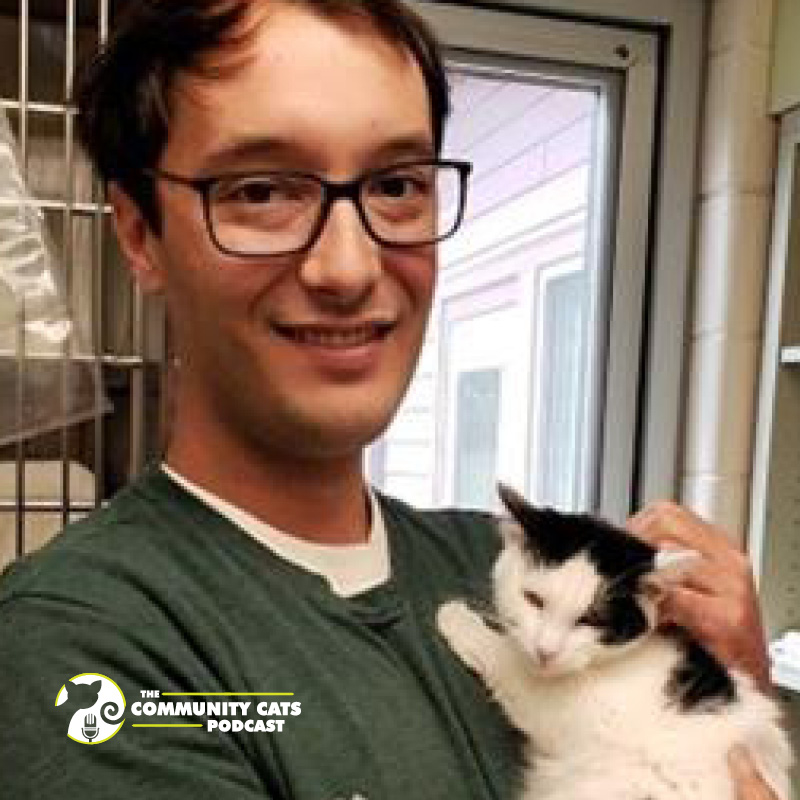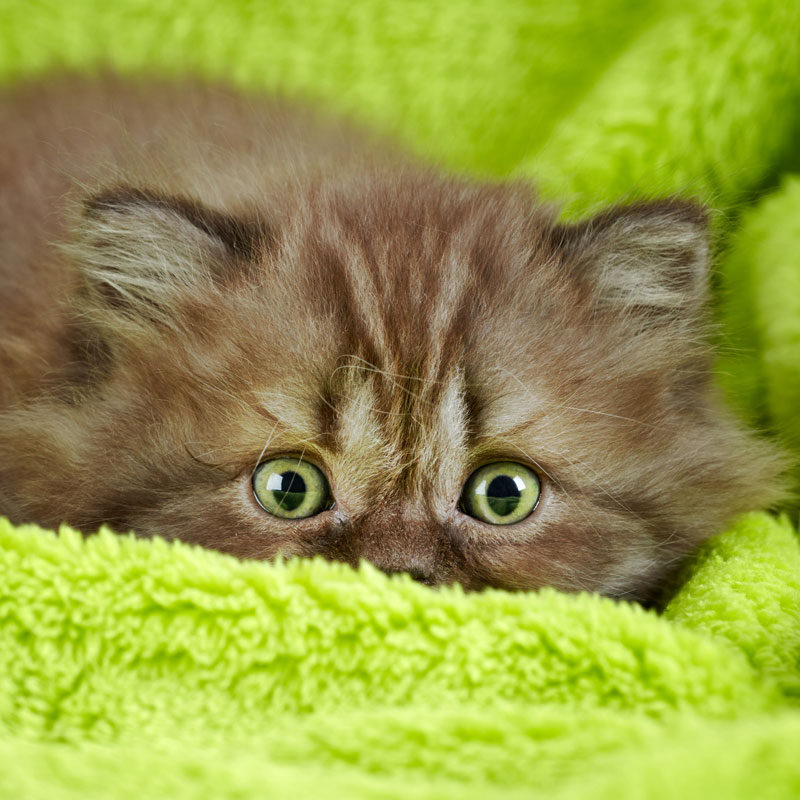
Strategy and Collaboration with Cameron Greig, Community Cat Coordinator for the Humane Society of Huron Valley
June 27, 2022
Pump Up the Volume with Dr. June Long, Happy Pets Housecall
July 5, 2022
Contributed by Rachel Geller, Ed.D. Certified Cat Behavior and Retention Specialist
Cats find fireworks, with their loud noises and bright lights, stressful. Fireworks loudly go off at irregular intervals, and your cat has no way of knowing when the next loud bang will happen or how long the noise will go on. All of this causes fear, anxiety, and stress.
The good news is that we can get our cats to tolerate the loud noises and bangs from fireworks. Note: I said tolerate, not joyfully embrace! You will need to be patient and proceed gradually. It will be worth it to have a cat who can handle the sound of fireworks since there are many 4th of July celebrations leading up to the holiday and then on the holiday itself.
Start with exposing your cat to an audio recording of fireworks, very quietly at first, and then gradually increasing the volume. This is called systematic desensitization. This is an active process where the cat learns that noise is neither important nor meaningful. When the noise doesn’t harm your cat or have any consequences, the cat will stop reacting over time. With this type of learning, cats don’t forget about a noise; instead, they actively learn not to react to it over time. In other words, they get used to it.
 Systematic desensitization is a very controlled approach to presenting the cat with the thing they are afraid or nervous about (the sound of fireworks) and by doing it gradually and carefully, we can decrease the fear, anxiety, and stress.
Systematic desensitization is a very controlled approach to presenting the cat with the thing they are afraid or nervous about (the sound of fireworks) and by doing it gradually and carefully, we can decrease the fear, anxiety, and stress.
It’s best to start this process when your cat is in one of her favorite napping spots. Choose a location she views as positive. Play the fireworks audio for about 30 seconds at a low level, purposely start with the level low enough that your cat doesn’t react at all or, if she does, it is just to turn toward the source of the noise. After 1-2 days consisting of a few sessions at that noise level, you can gradually increase the volume for another few days with multiple sessions during the day. Incrementally bring the volume up every few days. To further make this a positive experience, you can give your cat some yummy treats while the audio is playing.
There are also some things you can do the night of July 4th, or if you hear people/parties setting off their own fireworks. Create a safe hiding place for your cat such as a box or a covered cat bed. Cover your windows and draw the curtains. This muffles the noise and stops your cat from seeing the bright flashes of light. Turn on the radio softly. Try to resist the urge to overly comfort your cat because you don’t want to reassure her that she should be scared. Rather, act normal; keep it light and casual like this is no big deal. Don’t pick her up if she is terrified because some cats feel restricted when they are held as this reduces their ability to flee, even if the fleeing is just under the bed. Your cat will feel safer knowing she has that option.
There are many over-the-counter products for calming cats such as sprays and plug-ins.
Cats can squeeze into incredibly tight spots, so make sure to block off any unsuitable areas they could get into. Make sure your apartment is safe and secure. Cats associate loud noises with danger, and the noise and flashes can cause your cat to run off in a panic. Check now that your doors and windows are secure and if you have a cat flap, block that off.
These techniques will help your cat get through this year’s fireworks.
About Dr. Rachel Geller
 Dr. Rachel Geller is a Certified Cat Behavior & Retention Specialist. She is also a certified Humane Education Specialist through the Academy of Prosocial Learning and a certified Pet Chaplain® through the Association of Veterinary Pastoral Education. She is also Fear Free certified. She provides cat behavior help both locally and throughout the country to her clients, who include cat owners, shelters, rescues, and animal welfare organizations. Rachel serves and has served on many cat-related boards and advisory boards.
Dr. Rachel Geller is a Certified Cat Behavior & Retention Specialist. She is also a certified Humane Education Specialist through the Academy of Prosocial Learning and a certified Pet Chaplain® through the Association of Veterinary Pastoral Education. She is also Fear Free certified. She provides cat behavior help both locally and throughout the country to her clients, who include cat owners, shelters, rescues, and animal welfare organizations. Rachel serves and has served on many cat-related boards and advisory boards.
Rachel has given or participated in presentations for the Humane Society of the United States (HSUS), the Massachusetts Animal Coalition, and the New England Federation of Humane Societies on topics involving cat behavior, cat behavior and retention programs, and surrender prevention. Rachel’s cat behavior and retention program has been recognized by HSUS as a model program.
Rachel’s book, Saving the World, One Cat at a Time, was written to help with resolving cats’ behavioral and emotional problems with the goal of creating harmonious relationships between cats and their owners. All of the proceeds from book sales go to cat shelters.




